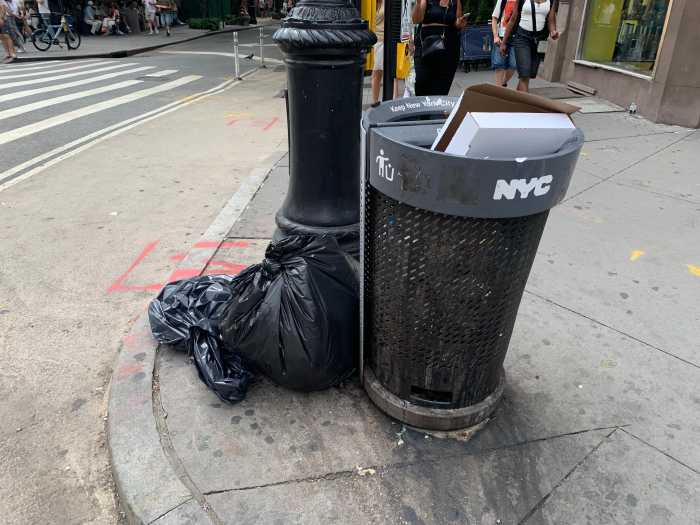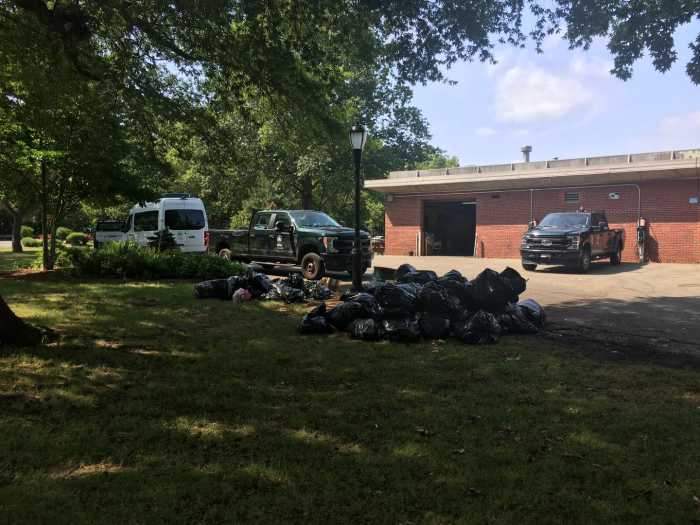Studies show opioid addicts who are treated with only behavioral therapy are twice as likely to relapse and twice as likely to die of an overdose than those being treated with Suboxone or methadone. But working against the practice of using Suboxone or methadone to help opiate addicts are the weight and history of addiction therapy in the United States. Many in medicine and law enforcement preach that using one drug to stay sober is no better than being addicted to another.
Opioid addiction is a disease. Diseases are treated with medicines, which is now possible with opioid addiction. So why is society so often adamant that it must be overcome with only support groups and behavioral therapy?
Mostly, it’s because of the model of Alcoholics Anonymous, which involves accepting powerlessness over alcohol and inviting God into one’s life, admitting to and making amends for bad behavior and helping others to recover from alcoholism. The biggest offshoot of AA is Narcotics Anonymous, which often stands in opposition to medication-assisted treatment. This animus against using medication to help people recover from heroin and prescription pain addictions is widespread, and can be deadly. Too often, judges who sentence addicts caught up in the criminal justice system, clergy counseling them and families with addiction histories believe only in the total abstinence path of 12-step programs. But recovering opioid addicts who use replacement substances correctly often manage to defeat their craving without getting high. They can hold down jobs, stay out of trouble and care for their families. Often, they can, over time, stop using their replacement substance. But even those who never do generally fare better than active addicts. Opioid overdoses killed 752 people in New York City from 2009-13. More people need to get the best possible treatment.
Addictions are often both a disease and a behavior, and they require both medical help and behavior modification therapy and support. NA and AA are widespread, free, socially accepted and available for anyone who needs them. That’s not yet true of drug therapies to treat opioid addiction. And that’s a gap addicts are falling through.



































